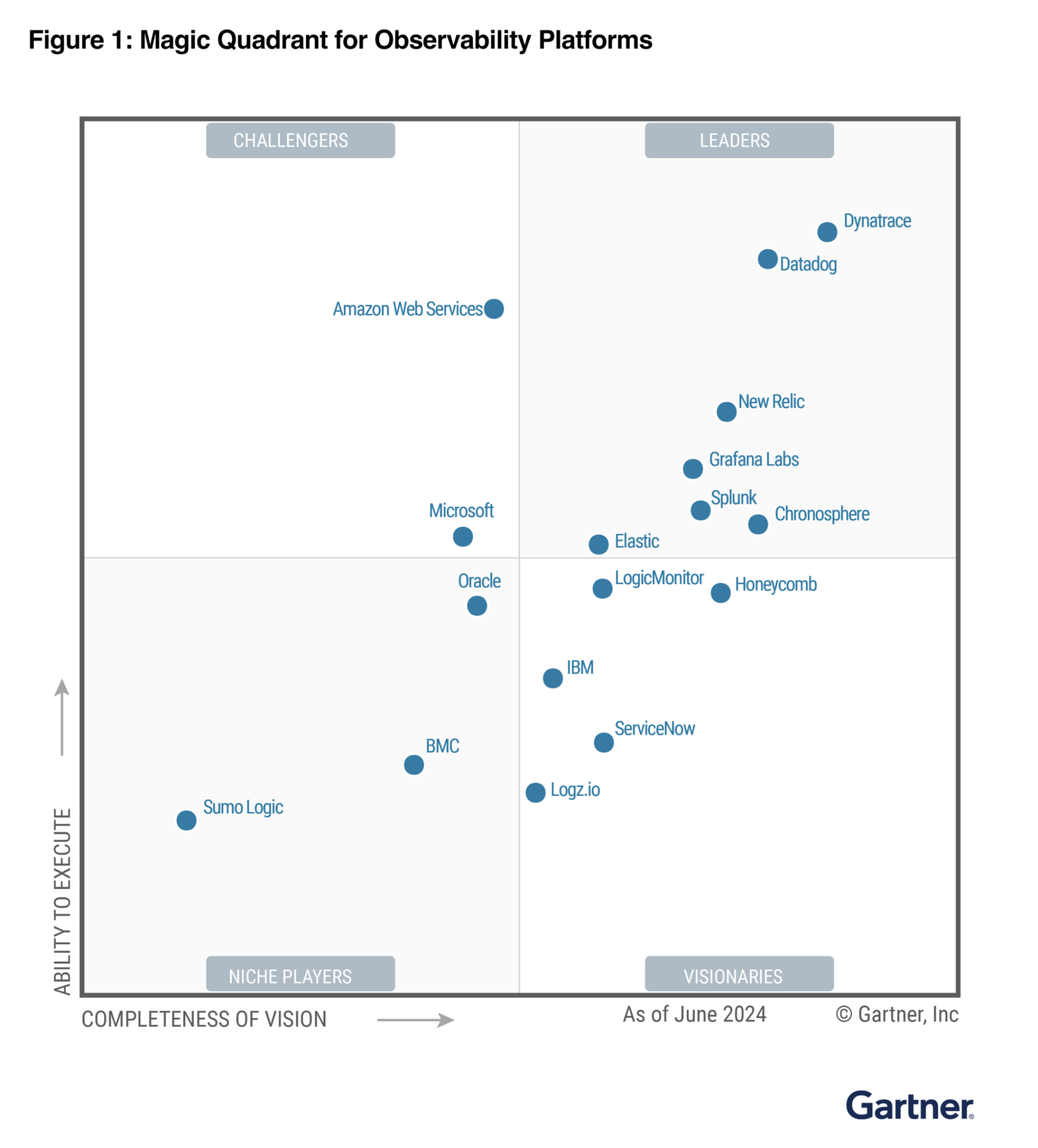

Unified Observability Platform
Why you should always choose Dynatrace over Splunk for your observability initiatives.
Reason #1: Unified data in context
Dynatrace provides end-to-end observability of every user, application, and cloud. All data is in context with real time insights including metrics, logs, traces, user experience, business and security.


Reason #2: Eliminate log and event management overhead
Dynatrace will ingest and analyze massive volumes and types of data without management overhead. Splunk and others require indexing, re-indexing, hydration, schema, and storage management. Dynatrace does not.
Reason #3: A better way to find answers and automate
Dynatrace combines causal, predictive, and generative AI, boosting productivity across operations, security and development, and business teams. Dynatrace rapidly identifies root cause and remediates service affecting issues.

Compare Dynatrace and Splunk
Dynatrace | Splunk | |
End-to-end Observability | Dynatrace is architected explicitly for observability data. It is a single unified solution for all observability, security, and business data. All data is interconnected within a real-time model that reflects the topology and dependencies within a monitored environment. | Splunk offers a fragmented observability offering where key capabilities such as Application Performance Monitoring (APM), Synthetics, Real User Monitoring (RUM) & Tracing are loosely integrated technologies and siloed from log data. |
Value to cost | Achieving value with Dynatrace is simple because there is very little overhead in managing your data. Without rehydration, schema management, indexes, storage tiers, or any other overhead tasks, all your data is available in near real-time. This is crucial when diagnosing security or problem events quickly. | Splunk customers have higher management overhead because they are managing indexes, schemas, storage tiers & rehydration. Splunk customers pay higher licensing costs because they are charged on the amount of data ingested. To control those costs, Splunk customers often use front-end pipeline tools to limit the amount of data ingested and stored. |
Trusted AI | Dynatrace analyzes full stack data automatically and delivers meaningful context from trillions of dependencies. Dynatrace eliminates complexities and provides real answers through intelligent root cause analysis. With Dynatrace, there is no need to sift through loads of disorganized data to identify root cause of a performance issue. | With a traditional log management tool like Splunk, you are manually sifting through siloed observability and log data to identify performance issues and root cause. |
Fast time to value | Dynatrace provides fast time to value with a fully automated deployment process as well as out-of-the box reports, dashboards, and AI-powered analytics for immediate observability into the health and performance of applications. Dynatrace automatically provides topology and dependency mapping without the need to manually deploy multiple agents and tag resources. | Splunk requires upfront effort to collect all observability and telemetry data. Including the deployment of multiple agents and tagging to collect and understand the full stack context of observability data. |


Consider Dynatrace over Splunk for observability and log management
Log data should add value to your observability initiative. Unlike Splunk, Dynatrace unifies and analyzes logs in a full-stack context of observability, business, and security data.
Download this whitepaper and see why Dynatrace is better than Splunk for your observability initiative.
Benefits of migrating to Dynatrace

A Leader in the 2024 Gartner® Magic Quadrant™ for Observability Platforms
See why Gartner positioned us furthest for Completeness of Vision and highest for Ability to Execute in the latest Magic Quadrant.


Customers Love Us
















